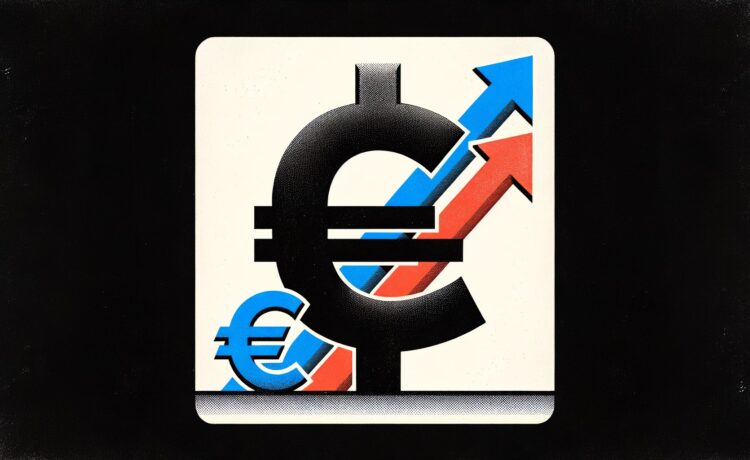What’s going on here?
The dollar hit a one-year low against the euro and sterling after revised data showed US employers added 818,000 fewer jobs than previously thought from the year to March.
What does this mean?
Revised job data points to a weaker US labor market, with 818,000 fewer roles than initially estimated. The dollar index fell by 0.33% to 101.03, its lowest since December 28, while the euro climbed to $1.116, a high since July 2023. Sterling also hit a peak of $1.3101 – the highest since July. This comes just before Federal Reserve Chair Jerome Powell’s speech at the Kansas City Fed’s Jackson Hole symposium, where insights into future labor market policies are highly anticipated. The minutes from the Fed’s July meeting also hint at potential interest rate cuts in September, with probabilities now standing at 38% for a 50 basis point cut and 62% for a 25 basis point reduction.
Why should I care?
For markets: Shifting sands in currency markets.
The dollar’s dip has significant ramifications for global markets, driving the euro and sterling to new highs since July 2023. Investors are keenly eyeing August’s employment and inflation reports, which will be pivotal in determining the Fed’s next move. With the Japanese yen strengthening to 144.74 per dollar, its highest since early August, and talks of potential rate hikes by the Bank of Japan, the landscape is set for further shifts in currency dynamics.
The bigger picture: Global economic crossroads.
The revised US labor data and the possibility of Fed rate cuts highlight broader economic uncertainties. Meanwhile, Japan is experiencing inflation hikes and potential rate increases, reflecting a global shift in monetary policies. Bitcoin’s rise to $60,769 amid these fluctuations underscores the growing interest in alternative assets as traditional markets face volatility. Upcoming speeches by global leaders like Powell and Ueda will offer more direction on navigating these economic transitions.

